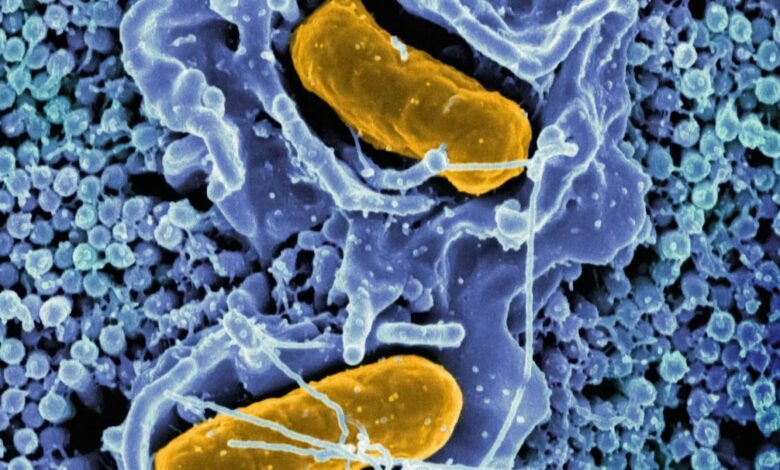Human immune system may have evolved from ancient microbe ‘Asgard’

The immune system found in humans and all other complex life forms may have evolved from an ancient species of microbes known as Asgard archaea, new research suggests. These microbes, thought to have evolved around 2 billion years ago, have provided insight into the origins of essential proteins that help organisms fend off viruses. According to the study led by Pedro Lopes Leão, a microbiologist at Radboud University, and Brett Baker, an associate professor at the University of Texas at Austin, the speculated discovery explains the evolutionary process of our immune system.
The Role of Asgard Archaea
The primary evolution of life is divided into three main domains: bacteria, eukarya, and archaea. While bacteria are simple cells without a nucleus, eukaryotes have a more complex structure, with their DNA housed in a nucleus and specialized organelles. Archaea, on the other hand, do not have a nucleus, but share energy processing features with eukaryotes.
Among the archaea, the Asgard superfamily, discovered in 2015, plays a key role in bridging the evolutionary gap between bacteria and eukaryotes, according to a Live Science study. reportThese archaea are named after the realm of the Norse gods due to their discovery near a hydrothermal vent in the Arctic Circle known as “Loki’s Castle”.
Immune proteins with an ancient origin
The study examined thousands of genomes from different life forms and identified tens of thousands of viral defense systems. The researchers focused on two classes of proteins, viperins and argonauts, which are found in all domains of life. Viperins, part of the innate immune system in humans, fight viruses by preventing them from replicating inside infected cells. Argonautes, originally found in plants, prevent viruses from replicating by breaking down their genetic material.
The findings, published in Nature Communications , indicate that the genes for these proteins are remarkably similar between archaea and eukaryotes, suggesting they originated from a common Asgardian ancestor. The key catalytic sites of these proteins have remained largely unchanged for 2 billion years, indicating their effectiveness in defending against viral threats.




